Under the Waves
Turning the world upside down can be as easy as going for a swim. Using a waterproof camera and watching the tide instead of the viewfinder, Asako Narahashi shows Japan’s coastal areas as seen from the sea.

Interview by Bridget Fitzgerald
Why these areas of Japan? What places them in the series?
Japan is a relatively small country surrounded by the sea. The coastline scenery is varied; sometimes it is a fully natural environment, sometimes man-made. I wanted to look at Japan from the water.
The coastlines in all the photographs are linked to each other somehow, but each photograph is rather individual and independent. Continue reading ↓
All photos © Asako Narahashi, courtesy Yossi Milo Gallery, all rights reserved.
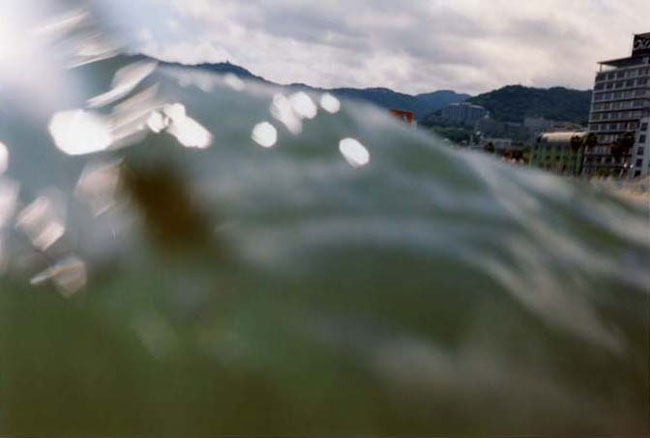
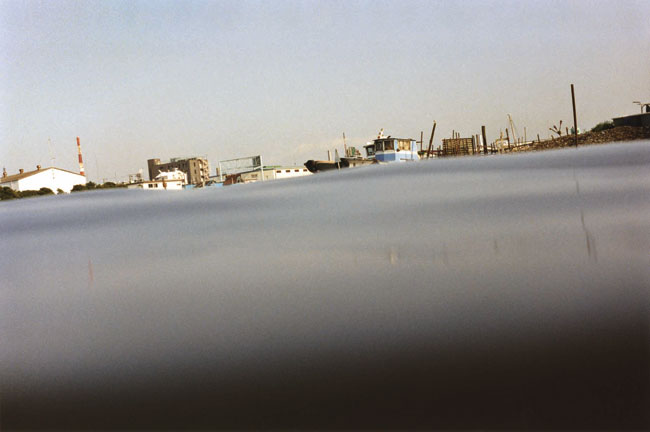
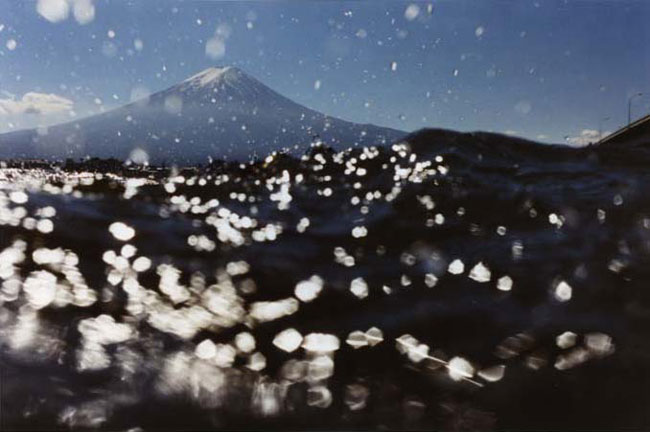
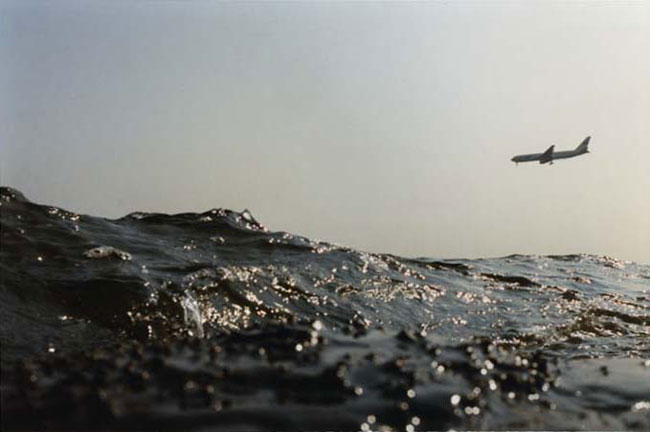
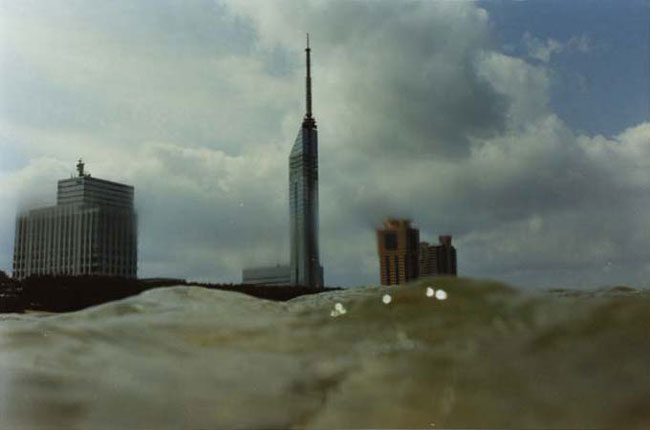
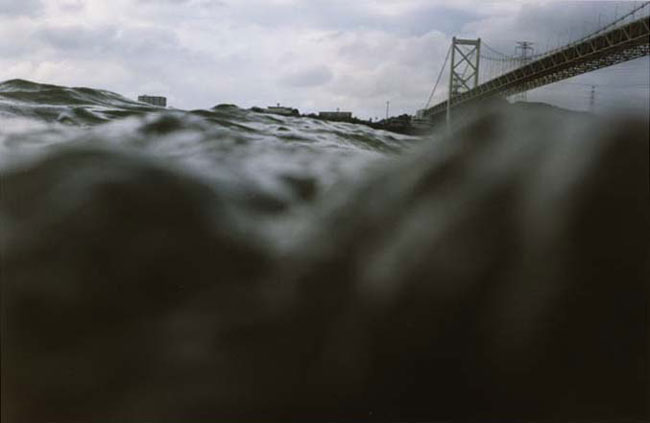
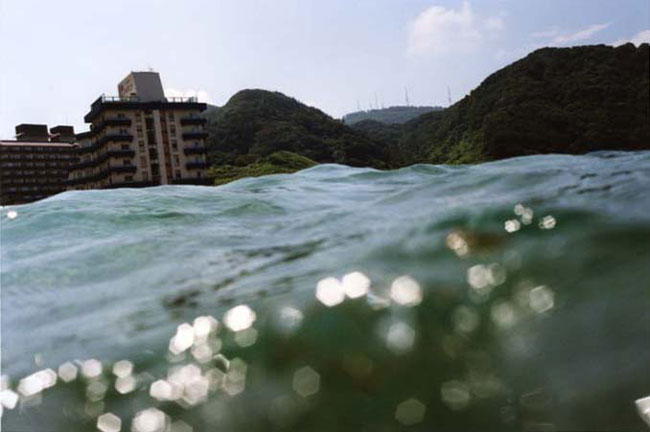
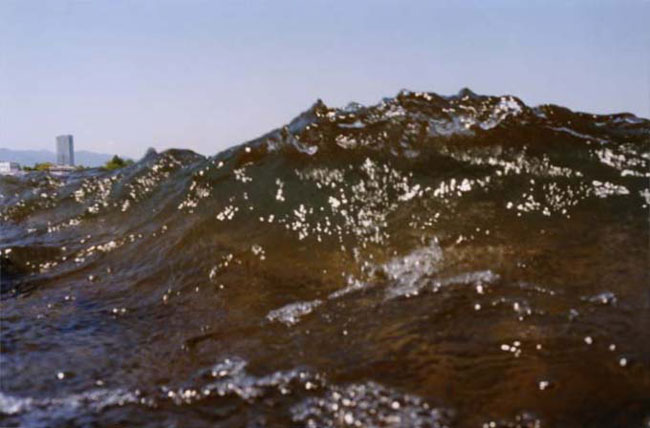
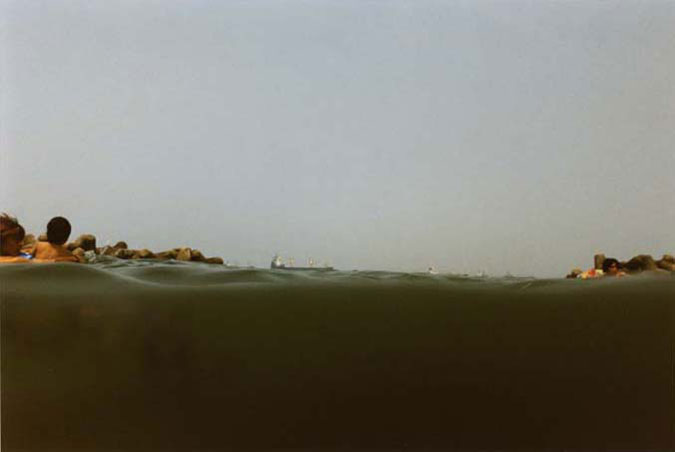
Interview continued
How did it all start? How did you develop this new way of taking photographs?
One day in summer, I went to the sea with my friends. While I was swimming, I happened to see my friends, who were having a party on the beach. That was the very beginning. Swimming backstroke like a sea otter, I took photographs of them from the water. After a year, I put the camera into the water more intentionally.
How much do you get knocked around?
Thousands of small waves knock me over. However, I never fight against it, but go completely with the flow.
What are you working on next?
I had “walking eyes” first. Now I have “floating eyes,” so I will probably have “flying eyes” next. I’m half-serious and half-kidding.
